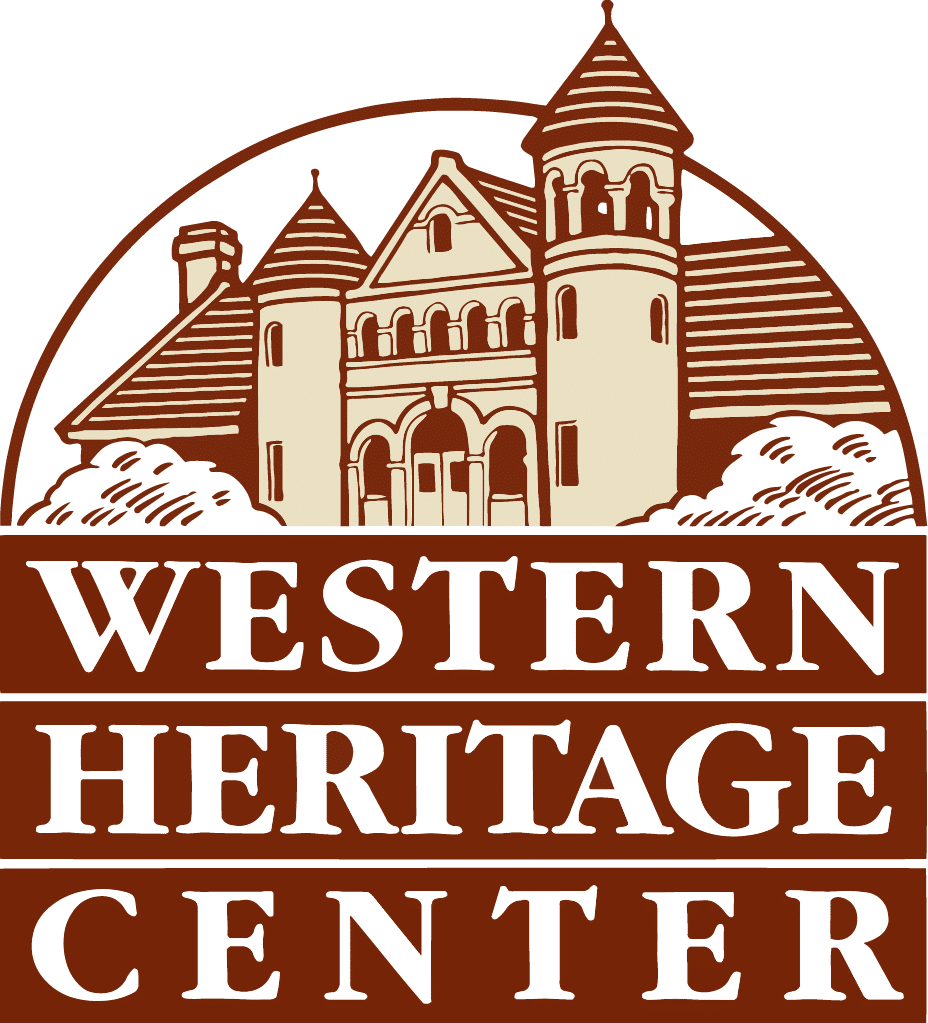About BIRD
Billings Industrial Revitalization District
who is the BIRD?
The Billings Industrial Revitalization District is a 501(c)6 organization that is contracted with the City of Billings to manage the East Billings Urban Renewal District (EBURD) Tax Increment Finance process. It is lead by a local board of directors representing the businesses, property owners in the BIRD.
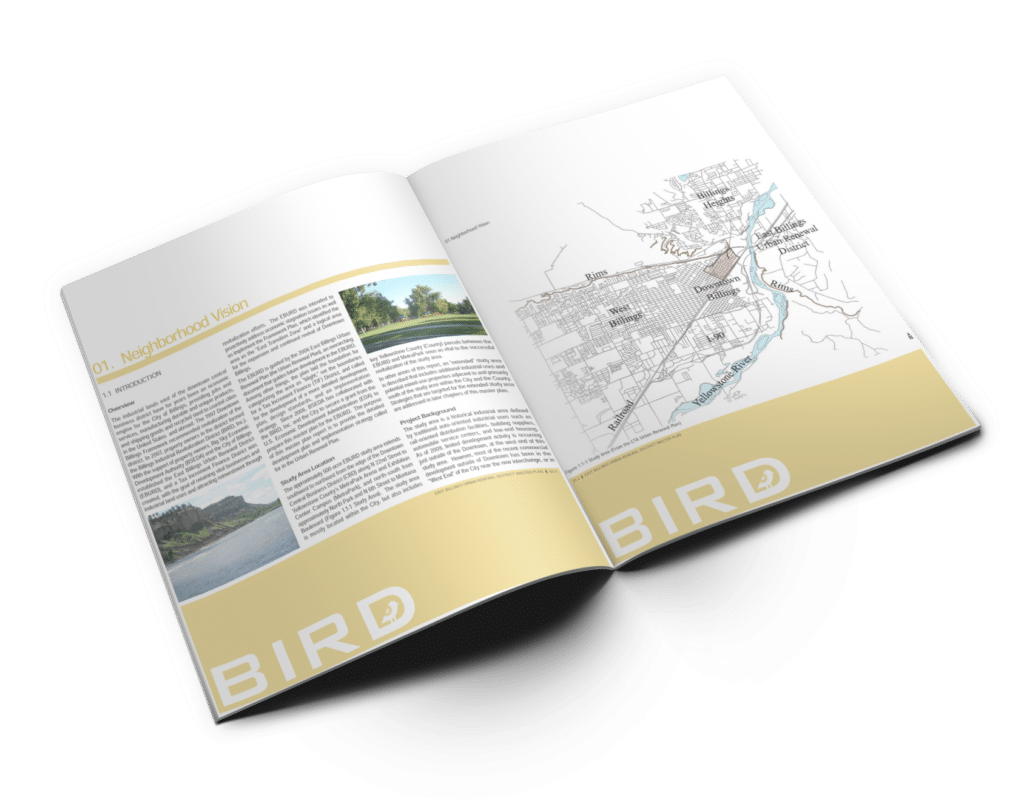
Dream with us
EBURD Master Plan
The EBURD is guided by the East Billings Urban Renewal plan. An overarching document that guides future development in the EBURD. Among other things, the plan laid the foundation for categorizing the area as “blight”, set the boundaries for a Tax Increment Finance, TIF, district, and called for the development of a more detailed development plan, design standards, and an implementation strategy.
Download and read the plan that the BIRD still follows today.
THE BIRD TEAM
OUR BOARD MEMBERS

Sam Westerman
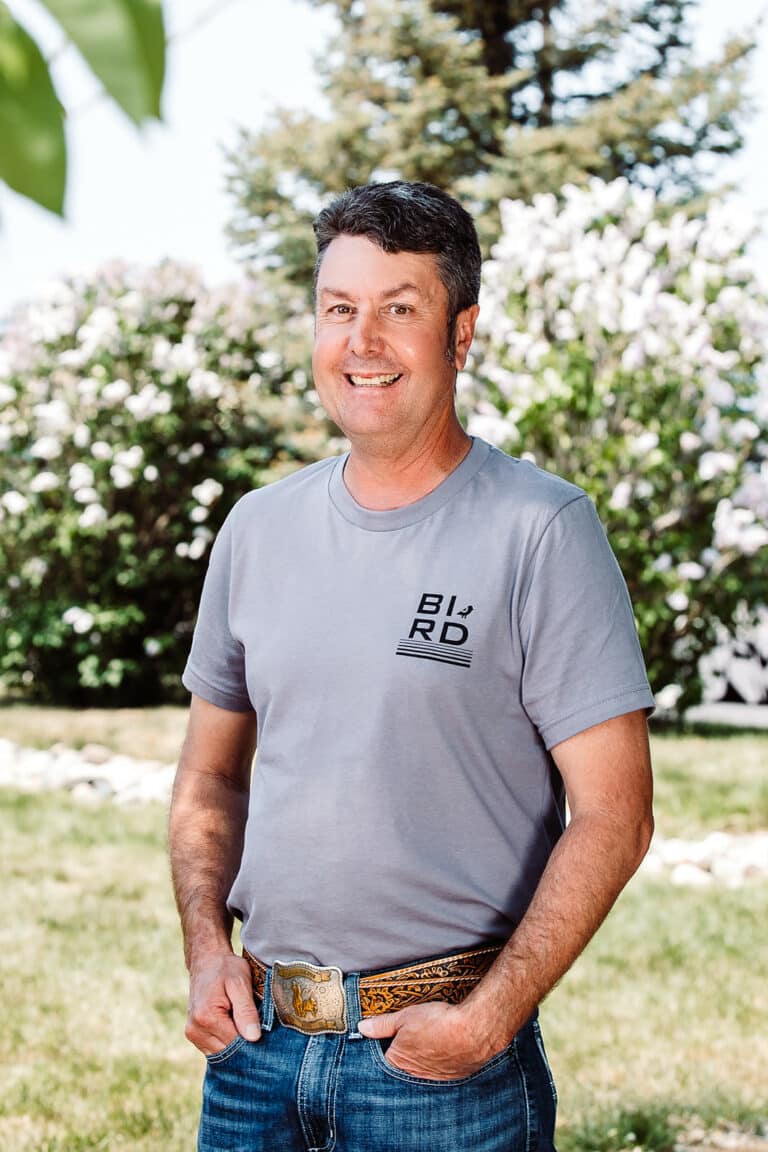
Keith Robinson

Lucy Aspinwall
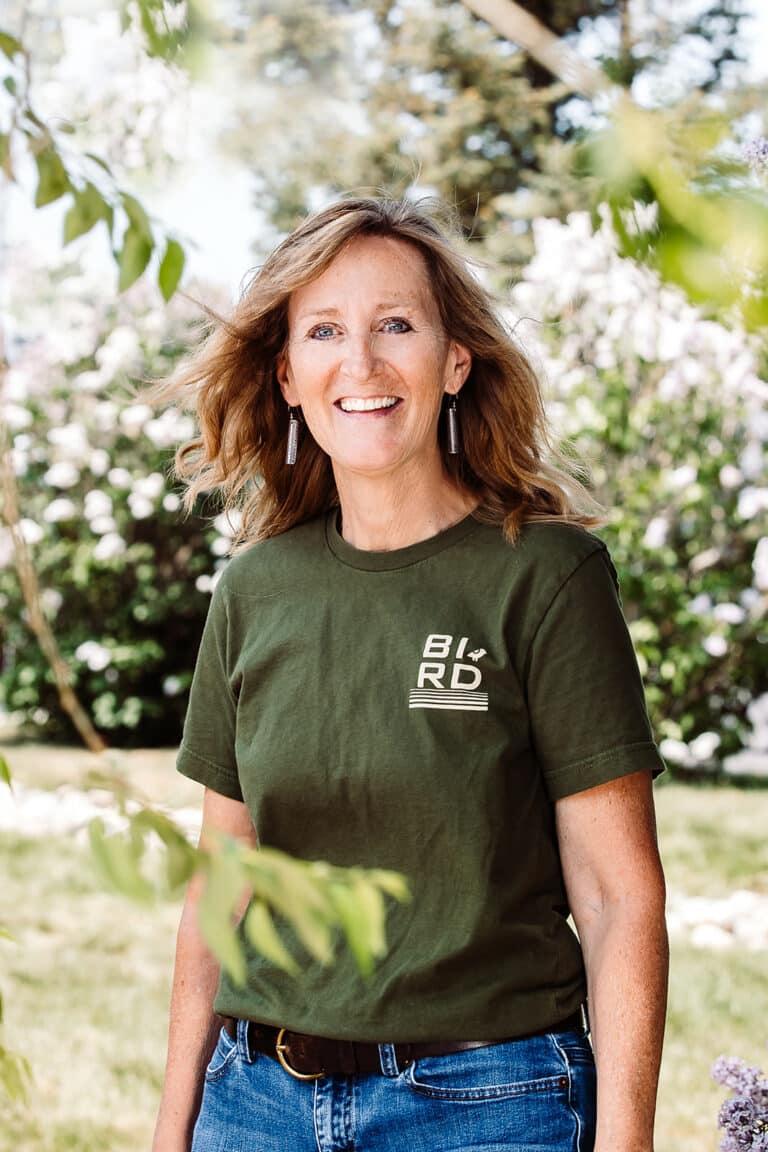
Melissa Zimmermann
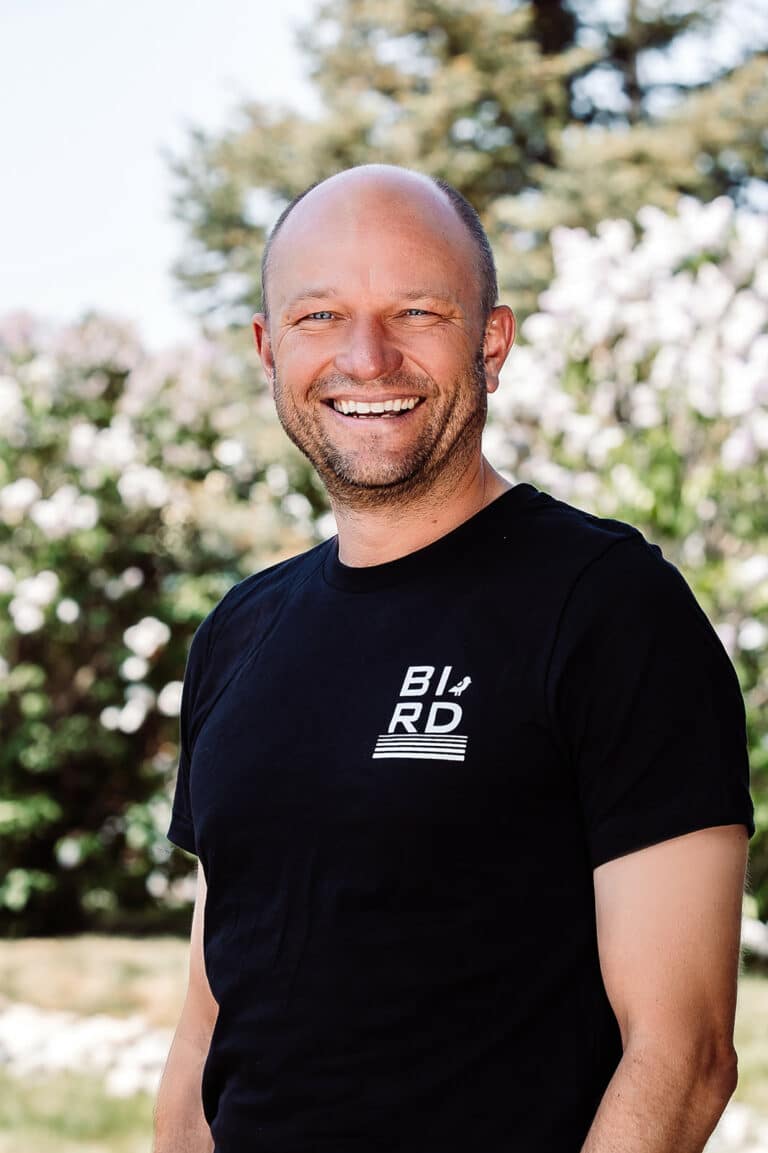
Matthew Mcdonnell
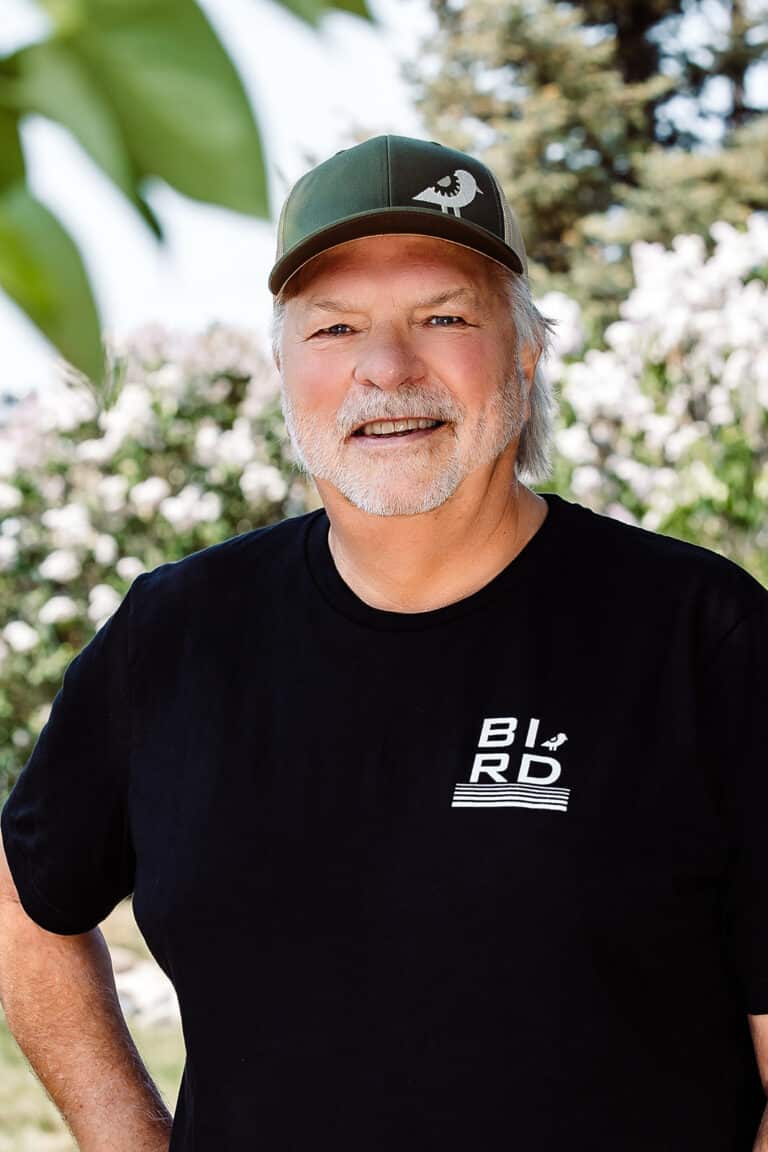
Ken kunkel

Executive Director
Michelle Harkins
Michelle came to the BIRD to help the EBURD through the revitalization process. She has truly fallen in love with the industrial vibe, the master plan, and all the upcoming ideas the community has planned for this area.
People in the community know her as someone who is passionate, hardworking, and calm under pressure. Her favorite challenge is finding a solution to issues as they arise; she is an animated problem solver. She loves the thought of bringing things together and being a part of something from start to finish.
Marketing & Community Manager
Heather Dotty
Baylie is a recent college graduate with a passion for marketing and community outreach. Shortly after meeting Michelle and hearing of the direction for the EBURD, Baylie has become eager to see it through and excited to bring the community and the BIRD together.
While going through her courses, she fell in love with the power marketing has to impact communities, individuals, and their businesses. Baylie knew she wanted to facilitate that kind of support in her lifelong community of Billings, MT.
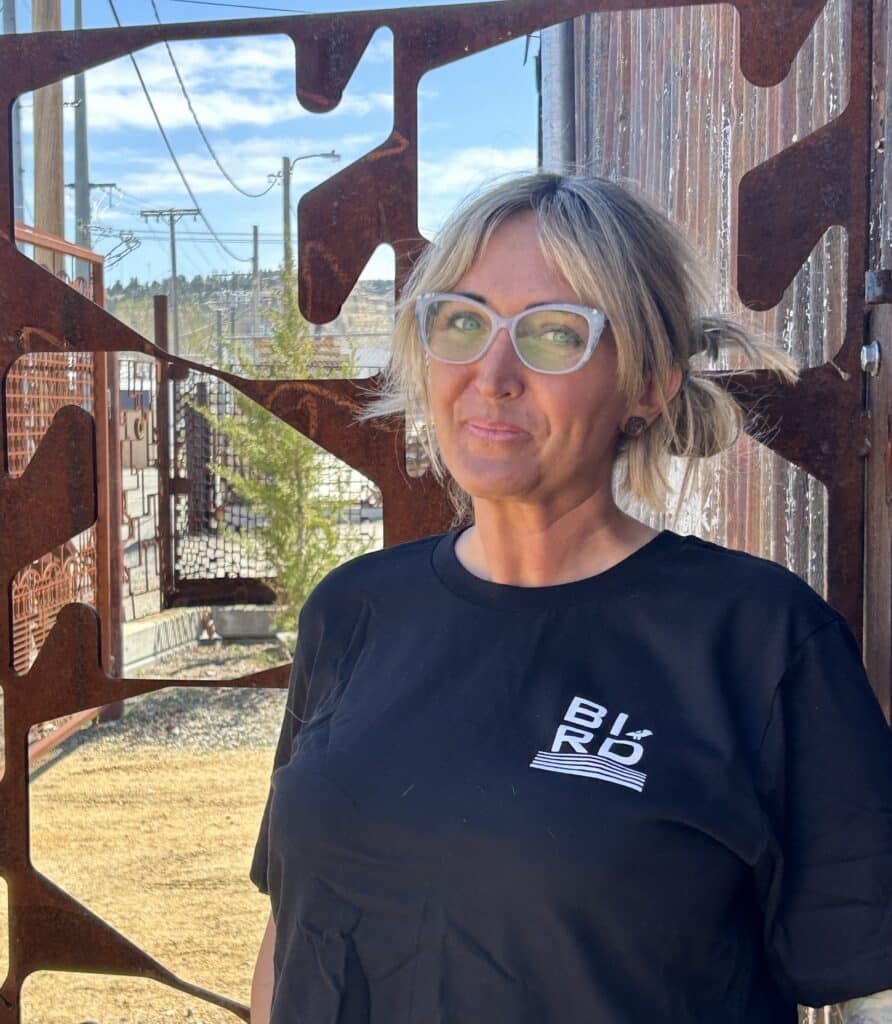
The Historic BIRD
Crow Encampment in North Park, circa 1895
Dr. Bell Flight, 1913
Amateur Baseball, circa 1910
Prison penitentiary, 1920's
Black Otter Aerial, 1930's
History
How the bird begAn
In 2007, property owners in the the district formed the Billings Industrial Revitalization District (BIRD, Inc.). With the support of those owners, Big Sky Economic Development Authority and the City of Billings established the East Billings Urban Renewal District, and a Tax Increment Finance District was created.
EBURD’s goal was retaining vital businesses and industrial land uses while attracting reinvestment through revitalization efforts. The EBURD was intended to proactively address economic stagnation issues as well as implement the Framework Plan, which identified the area as the “East Transitional Zone” and a logical area for the expansion and continued revival of Downtown Billings.

